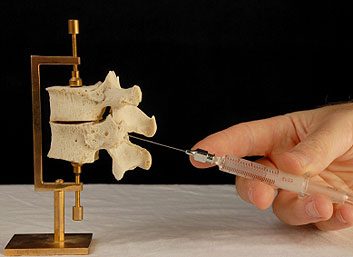
5 ways to cope with contractions
Your doctor may suggest one or more of the methods below. Before you agree, discuss the risks to your baby or each procedure-and the implications if your baby is found to have a problem.

1. Controlled breathing
Between contractions, relax and breathe in. On exhaling make an effort and imagine all the air in your lungs being emptied.
As you feel a contraction coming, inhale then exhale while saying “hee hee ha.” As the contraction ends, exhale slowly, blowing all your air out.

2. Relaxation
Closing your eyes and imagining yourself in a peaceful place, contract and relax every part of your body, starting from your toes and working up to your head. Focus on something that makes you feel good and brings a sense of achievement. You may choose a favourite photo, object or music. It doesn’t matter what it is as long as it holds your concentration and helps you relax.

3. Intravenous analgesia
A variety of pain relievers such as morphine, Demerol, fentanyl and others can be administered through an intravenous line to help with labour pain. They are most often used during the first stage of labour and have a short effect. They can also cross the placenta and make the baby sleep when born. They are safe, however, and have no long-lasting effect on the baby.

4. Local anesthetic
Lidocaine or its derivatives are used to numb the vaginal opening for an episiotomy, a cut made in the perineum between anus and vagina to widen the exit area for the baby, or for the repair of the episiotomy or any tears to the birth canal. A local anesthetic can also be injected near nerves inside the vagina to provide adequate relief for assisted vaginal delivery with forceps or vacuum.

5. Epidural
A tiny catheter is placed in the epidural space outside the membrane surrounding the spinal cord, and a mixture of narcotic and local anesthetic is infused for as long as is needed. During stage 1 or Cesarean section, an epidural takes away all feeling below the waist. It can be adjusted during the second stage of labour to allow for effective pushing.
